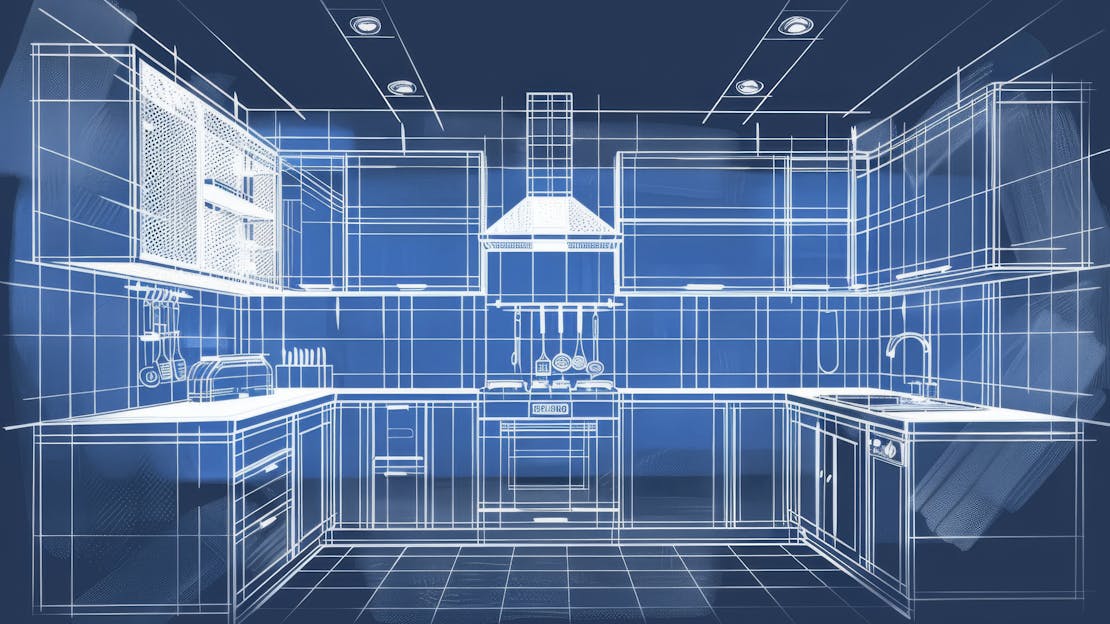
How does a cooker hood work
A cooker hood, often referred to as an extractor hood or kitchen hood, is an appliance designed to remove airborne grease, combustion products, fumes, smoke, odours, heat, and steam from the air by evacuation and filtration. Here’s a detailed explanation of how it works:
Components of a Cooker Hood
- Hood Canopy: The structure that covers the cooking area.
- Fans/Blowers: Used to draw the air through the hood.
- Filters: Typically include grease filters and sometimes carbon filters for odours.
- Ductwork (in ducted models): Channels to carry the extracted air to the outside.
- Lighting: Provides illumination for the cooking surface.
- Control Panel: Allows users to adjust the fan speed and lighting.
Types of Cooker Hoods
- Ducted/Extracting Hoods: These expel the air outside through a duct.
- Ductless/Recirculating Hoods: These filter the air and recirculate it back into the kitchen.
Working Principle
Ducted Hoods
- Air Extraction: The fan or blower pulls air from the cooking area into the hood.
- Filtration: The air passes through a grease filter, usually made of metal or mesh, which captures grease particles.
- Ducting: The filtered air is then pushed through the ductwork and expelled outside the building.
- Odour Removal: Any remaining smoke, odours, and heat are carried outside, leaving the kitchen air cleaner and cooler.
Ductless Hoods
- Air Intake: Similar to ducted hoods, the fan draws air into the hood.
- Filtration: The air passes through grease filters and then through activated carbon filters to remove odours and smoke.
- Air Recirculation: The filtered air is then recirculated back into the kitchen.
Filter Types
- Grease Filters: Usually made of metal mesh or baffle filters that trap grease particles.
- Carbon Filters: Used in ductless hoods to absorb odours and smoke.
Maintenance
- Cleaning Filters: Grease filters need regular cleaning to maintain efficiency. Metal filters can be washed, while carbon filters need to be replaced periodically.
- Checking Ducts: For ducted hoods, ensure the ducts are clear of obstructions to maintain proper airflow.
Benefits
- Improved Air Quality: Removes contaminants, reducing odours and airborne grease.
- Reduced Heat and Humidity: Extracts heat and steam from cooking.
- Enhanced Safety: Reduces the risk of grease fires.
In summary, cooker hoods work by drawing in air from the cooking area, filtering out grease and other particles, and either expelling the cleaned air outside (ducted) or recirculating it back into the kitchen (ductless), thus improving kitchen air quality and maintaining a cleaner, safer cooking environment.
Top Selling Cooker Hoods from MyAppliances
Explore our best-selling cooker hoods, featuring angled glass, curved glass, and chimney styles. These sleek options offer powerful ventilation and contemporary design, ideal for modern kitchens. Upgrade your cooking area with our top-selling hoods, merging functionality with stylish appeal.
